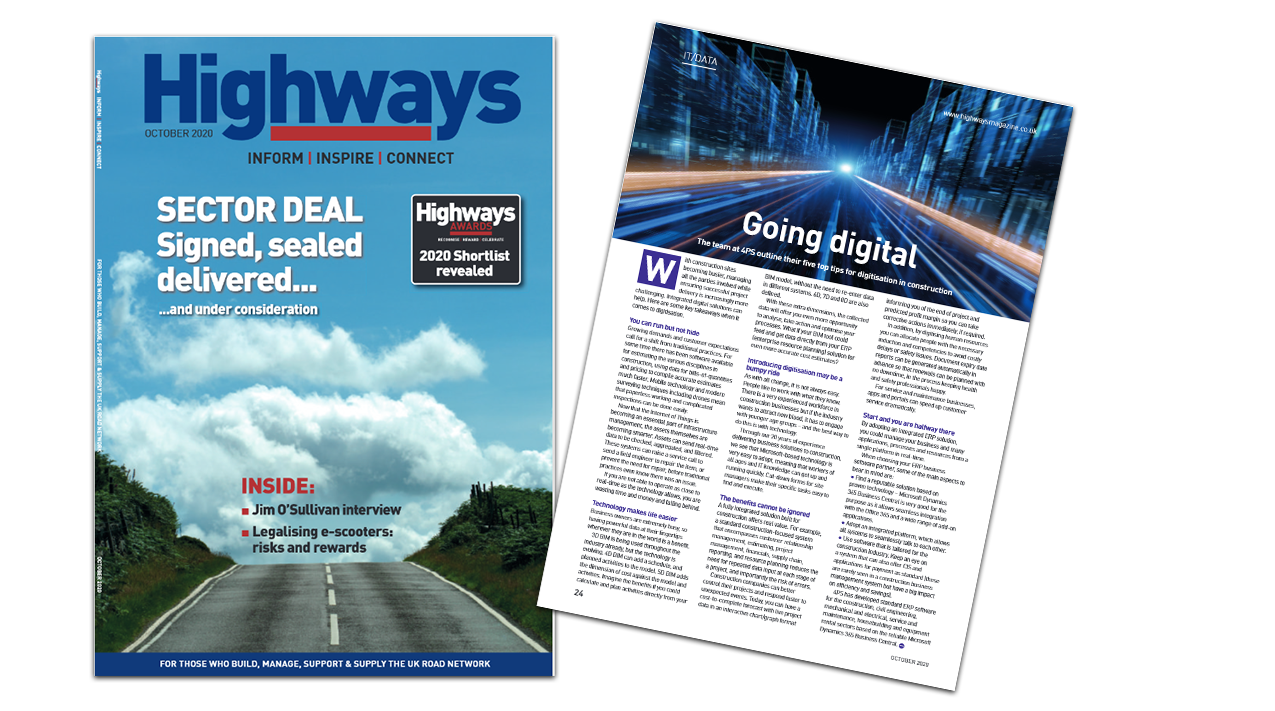
You can run but not hide
Growing demands and customer expectations call for a shift from traditional practices. For some time there has been software available for estimating the various disciplines in construction, using data for bills-of-quantities and pricing to compile accurate estimates much faster. Mobile technology and modern surveying techniques including drones mean that paperless working and complicated inspections can be done easily.
Now that the Internet of Things is becoming an essential part of infrastructure management, the assets themselves are becoming smarter. Assets can send real-time data to be checked, aggregated, and filtered. These systems can raise a service call to send a field engineer to repair the item, or prevent the need for repair, before traditional practices even know there was an issue. If you are not able to operate as close to real-time as the technology allows, you are wasting time and money and falling behind.
Technology makes life easier
Business owners are extremely busy, so having powerful data at their fingertips wherever they are in the world is a benefit. 3D BIM is being used throughout the industry already, but the technology is evolving. 4D BIM can add a schedule, and planned activities to the model. 5D BIM adds the dimension of cost against the model and activities. Imagine the benefits if you could calculate and plan activities directly from your BIM model, without the need to re-enter data in different systems. 6D, 7D and 8D are also defined.
With these extra dimensions, the collected data will offer you even more opportunity to analyse, take action and optimise your processes. What if your BIM tool could feed and get data directly from your ERP (enterprise resource planning) solution for even more accurate cost estimates?
Read the full article as published by the Highways Magazine.



